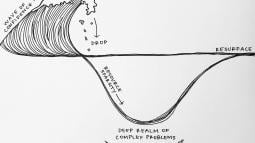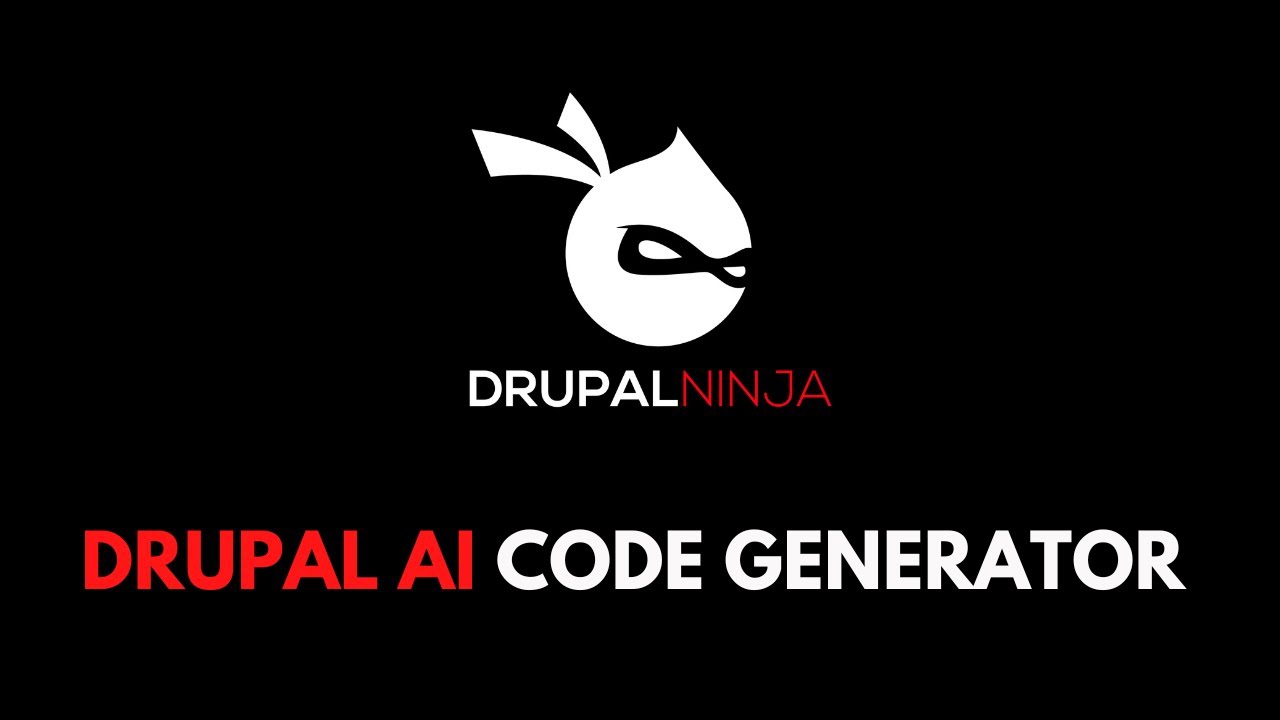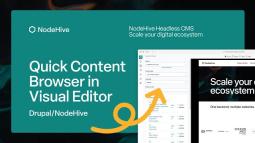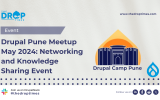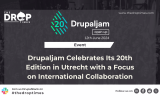Which CMS Powers Your Country's Official Website? A Global CMS Usage Analysis
A new study by TheDropTimes (TDT) reveals a global trend of governments favouring free and open-source software (FOSS) for their official websites. This is driven by the potential benefits of FOSS solutions, including enhanced security, flexibility, and cost savings compared to proprietary systems. Team TDT analysed the websites of 194 countries to understand the extent of this trend and uncover which content management systems (CMSs) are preferred for official government communication.
Background
The principles of free and open-source software (FOSS) and the open web align closely with the values of accessibility, transparency, and collaboration that are often central to government missions. As governments worldwide embrace digital transformation, FOSS solutions offer flexibility, security, and potential cost savings without the constraints of proprietary systems.
This study explores the global adoption of Drupal and other CMSs in the government's official websites. TDT previously published an extensive study demonstrating Drupal's application in leading educational institutions globally, setting a precedent for a new initiative within the Drupal community. This project aims to gather and analyse data on Drupal's utilisation across different industry sectors, highlighting the platform's widespread adoption across various fields.
Building on this foundation, Grzegorz Pietrzak has produced a thorough analysis of CMS usage on official city websites. Additionally, Droptica has conducted a study to identify which CMS systems are predominantly employed by Polish universities on their main websites.
Our latest project focuses on the usage of various CMSs on official country websites. The study investigates the broader trend of FOSS adoption while also highlighting Drupal's role in comparison to other open-source and proprietary systems. The goal is to understand Drupal's prevalence, geographic distribution, and significance within the global digital infrastructure.
How did we prepare the data for the report?
The analysis of global CMS usage by country websites was carried out through a series of systematic steps:
- A comprehensive list of official country websites was assembled.
- Used the Free and Open Source version of the Wappalyzer script to find the CMS for each of these websites. We used the same process we followed to identify the CMS for the university websites.
- Add Tranco Rank to each website to identify its popularity on the internet.
Global CMS Usage in Official Country Websites: Key Findings
FOSS Dominance

This study confirms a clear preference for free and open-source software (FOSS) CMSs, which include Drupal, WordPress, Joomla, TYPO3, and others. Collectively, FOSS solutions form a major part of the CMS landscape, accounting for 47.7% of deployments.
Drupal's Strength in Top Websites

Interestingly, Drupal emerged as a top choice when analyzing the top 100 country websites based on popularity (Tranco rank). This highlights Drupal's suitability for large-scale, high-traffic government websites.
WordPress's Global Reach

WordPress remains the most widely used FOSS option globally (18% of total usage), followed by Drupal (14.9%) and Joomla (6.7%).
The Unknown Factor
A notable challenge is the large number of entries (69) labelled as "unknown." This represents a considerable segment of our dataset (35.57%) where the specific CMS could not be identified. We need community support in identifying the CMS used in the official websites where we could not detect the CMS.
Global CMS Usage Analysis of Official Country Websites

Out of these 194 country websites, we were able to identify 30 different CMSs. We could not detect the CMS for 69 countries.
Here is the list of CMS and the Number of Websites:
| CMS | Count | Percentage of Total |
|---|---|---|
| Not Detected | 69 | 35.57% |
| WordPress | 35 | 18.04% |
| Drupal | 29 | 14.95% |
| Joomla | 13 | 6.70% |
| Microsoft SharePoint | 5 | 2.58% |
| HCL Digital Experience | 5 | 2.58% |
| Adobe Experience Manager | 4 | 2.06% |
| SiteCore | 3 | 1.55% |
| Next.js | 3 | 1.55% |
| Liferay | 3 | 1.55% |
| TYPO3 | 2 | 1.03% |
| Sitefinity | 2 | 1.03% |
| SilverStripe | 2 | 1.03% |
| Laravel | 2 | 1.03% |
| Webflow | 1 | 0.52% |
| Umbraco | 1 | 0.52% |
| Ruby on Rails | 1 | 0.52% |
| Revize | 1 | 0.52% |
| Plone | 1 | 0.52% |
| Oracle Content Management | 1 | 0.52% |
| October CMS | 1 | 0.52% |
| Microsoft ASP .NET | 1 | 0.52% |
| Méthode | 1 | 0.52% |
| Kentico CMS | 1 | 0.52% |
| eZ Publish | 1 | 0.52% |
| ExpressionEngine | 1 | 0.52% |
| Django Framework | 1 | 0.52% |
| Concrete CMS | 1 | 0.52% |
| CivicEngage | 1 | 0.52% |
| Bloomreach | 1 | 0.52% |
| Adobe Dreamweaver | 1 | 0.52% |
Continent-Wide CMS Usage Analysis of Official Government Websites
1. Africa

The CMS usage data in Africa shows a clear preference for FOSS platforms. WordPress leads with 22.6%, followed by Drupal with 18.9%.

Collectively, FOSS CMSs sum to 32 instances, representing about 64.2% of the total CMS usage identified.
2. Asia

The CMS usage data in Asia underscores a diverse adoption pattern, with a considerable focus on both FOSS and proprietary systems. WordPress is used in 5 official country websites, accounting for approximately 10.4%, and Drupal is employed in 4 websites, representing about 8.3% of Asian countries.

Collectively, free and open source software (FOSS) CMSs account for roughly 22.9% of the countries in Asia. Proprietary CMSs show a presence in this region with about 20.8% of the total.
A significant proportion, 56.3%, is categorized under the unknown segment. This large unknown share indicates that a substantial portion of CMS types could not be identified, leaving the specific usage of Drupal and other FOSS CMSs within this group uncertain.
3. Europe

Drupal leads the FOSS segment in Europe with 15.9 % of the total websites. WordPress follows with 9.1%.

The total share of FOSS CMS users is 31.8%, while the proprietary side contributes 22.7%. The unknown category represents 45.5% of the total number of websites. This significant unknown portion makes it challenging to fully ascertain the extent of Drupal and other open-source CMS usage within Europe.
4. North America

In North America, the CMS usage data from official government websites shows WordPress as the most frequently used platform, employed in approximately 29% of websites. Joomla follows with a significant presence in roughly 17% of deployments. Drupal is utilized in a smaller portion, representing about 8% of the websites analyzed.

The collective adoption of Free and Open-Source Software (FOSS) constitutes 58.3% of all identified entries. On the proprietary side, there are 5 instances, or 20.8%, which include CMSs such as Webflow, SiteCore, Oracle Content Management, HCL Digital Experience, and Adobe Experience Manager.
An additional 20.8% are classified under the unknown category. This significant unknown portion highlights a limitation in the data, obscuring the exact figures for Drupal and other open-source CMSs within the region.
5. Oceania

The CMS usage data from official government websites in Oceania reflects a strong preference for open-source systems. WordPress leads the way, employed in approximately 30% of analyzed websites. Drupal and Joomla share a similar presence, each utilized in roughly 15% of deployments.

Other FOSS CMSs, including Umbraco and SilverStripe, also contribute to the landscape. Collectively, FOSS CMSs represent a significant majority, accounting for about 77% of the identified entries. Proprietary CMSs make up approximately 15% of the total usage. A small portion remains unknown, highlighting a potential area for further investigation to understand CMS preferences within the region fully.
6. South America

In South America, Drupal has demonstrated significant adoption, and it is employed in approximately 33% of government websites analysed. WordPress follows closely and is utilised in about 25% of deployments.

Other FOSS CMSs, including Plone and Django Framework, also contribute to the landscape. Overall, FOSS solutions represent a substantial majority, accounting for 75% of identified entries. Proprietary CMSs, such as Microsoft SharePoint, hold a smaller share, making up around 8% of the total. A portion of the data remains unknown, representing about 17% of the entries, potentially including further use of Drupal or other open-source CMSs.
Top 100 Country Websites based on Tranco Rank

Analysis of the top 100 country websites based on Tranco rank reveals Drupal as a leading contender, utilized by 22 websites. This underscores Drupal's proven suitability for complex, high-traffic government websites where security and performance are paramount. Other CMSs like WordPress and Joomla also contribute to the landscape, demonstrating a broader trend towards FOSS platforms within the government sector.
CMS Usage of Official Country Websites Worldwide
Conclusion
Our analysis of CMS usage across 194 official country websites demonstrates a clear trend towards FOSS solutions, with both Drupal and WordPress playing significant roles. While WordPress remains the most widely used CMS globally, Drupal emerges as a top choice amongst the top 100 Tranco-ranked websites. This highlights Drupal's suitability for large-scale, high-traffic government websites that demand robust security and customization capabilities. The dominance of Free and Open Source Software (FOSS) CMSs across all continents underscores the global appeal of these solutions.
While the substantial "unknown" category (approximately 35.57%) limits our ability to determine precise market shares, it does not diminish the evident preference for FOSS solutions. This finding emphasizes the growing importance of open-source technologies in shaping government digital infrastructure worldwide.
Key Takeaways
- FOSS Dominance: FOSS CMSs are becoming the global preferred choice for government websites.
- WordPress's Reach: WordPress remains the most widely used CMS globally, demonstrating its broad appeal.
- Drupal's Strength: Drupal holds a significant position within the open-source landscape and is particularly favoured for top-ranked, high-traffic government websites.
The substantial "unknown" category presents an opportunity for collaboration! We need your help identifying the CMSs powering government websites currently marked as "unknown." By contributing your expertise, you can help us gain a clearer picture of CMS adoption patterns in the government sector and better understand the role of open-source solutions in public digital infrastructure.
- How to Get Involved: Share your knowledge: If you recognize the CMS of an "unknown" website, please share your insights as comments or email to [email protected]
- Spread the word: Encourage others to participate in this collaborative effort.
Note: The vision of this web portal is to help promote news and stories around the Drupal community and promote and celebrate the people and organizations in the community. We strive to create and distribute our content based on these content policy. If you see any omission/variation on this please let us know in the comments below and we will try to address the issue as best we can.








